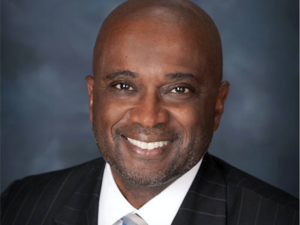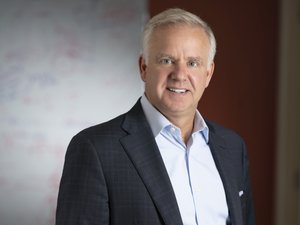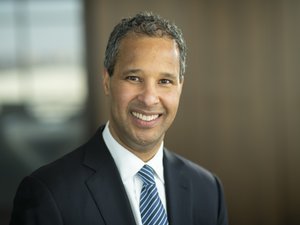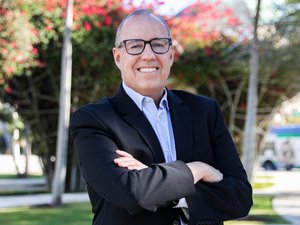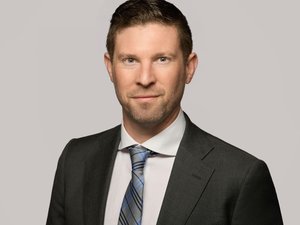Ride-sharing company Uber has been struggling as of late—with the news of sexual harassment allegations, reports of the San Francisco startup's CEO yelling at drivers and unfavorable changes to the company's privacy settings. And much like other startups in Silicon Valley, that struggle also includes the journey to becoming profitable.
One way to ease the road to profitability though? Change how Uber prices its rides. Bloomberg reports that Uber is implementing a new pricing model in all 14 locations that offer its carpooling service, including the Washington, D.C. metro area. Instead of basing fares off of traffic, estimated travel time and driver availability, Uber is basing it off of... well, frankly, how much they think you are willing to pay for the ride based on where you're going.
For example, someone traveling from a wealthier neighborhood to another nearby spot might be asked to pay more than someone traveling to a poorer part of town—even if demand, traffic and distance are the same, Bloomberg reports. However, an Uber spokesperson told DC Inno that the price model attempts to charge more for in-demand routes, not along socio-economic factors.
“We price routes differently based on our understanding of riders’ choices so we can serve more people in more places at fares they can afford," the spokesperson said in a prepared statement. "Riders will always know the cost of a trip before requesting a ride, and drivers will earn consistently for the work they perform with full transparency into what a rider pays and what Uber makes on every trip.”
The idea behind the model is, of course, to help Uber become profitable. The company reported losses of $2.6 billion in 2016 alone. As Bloomberg reports, drivers have been complaining for a while now that the gap between what a rider pays and what a driver receives has been widening. Apparently, that's because of this new model, which allows Uber to pull more cash into the business from rides by passengers who they think are willing to pay more based on the route and other key factors. Uber has been testing this model for months in certain cities, but they did not name the specific cities in the Bloomberg report.
Daniel Graf, Uber's head of product, told Bloomberg that the company will be applying machine-learning techniques to estimate how much groups of customers are willing to pay for their ride.
Image used via CC BY 2.0 — credit Mark Warner
